Some parents steer their children along a straight and ‘normal’ path, but that wasn’t to be for Bridget Steel-Jessop. As a child Bridget had the ‘fear of being ordinary’ instilled into her by her mother; after a succession of careers, Bridget considered that her mum might just be right. She bought a stitch dictionary as her guide and made the leap from ordinary to extraordinary.
Today, Bridget uses textiles to create unique maps that involve the deep exploration of memories, geographical information and historical research, all integrated with stitch and applique into the richly textured roads, rivers and fields.
Bridget told us about her constant quest for self-improvement… and her joy at ripping up her husband’s ‘loathsome’ non-iron work shirts for her art – but only once he had retired!
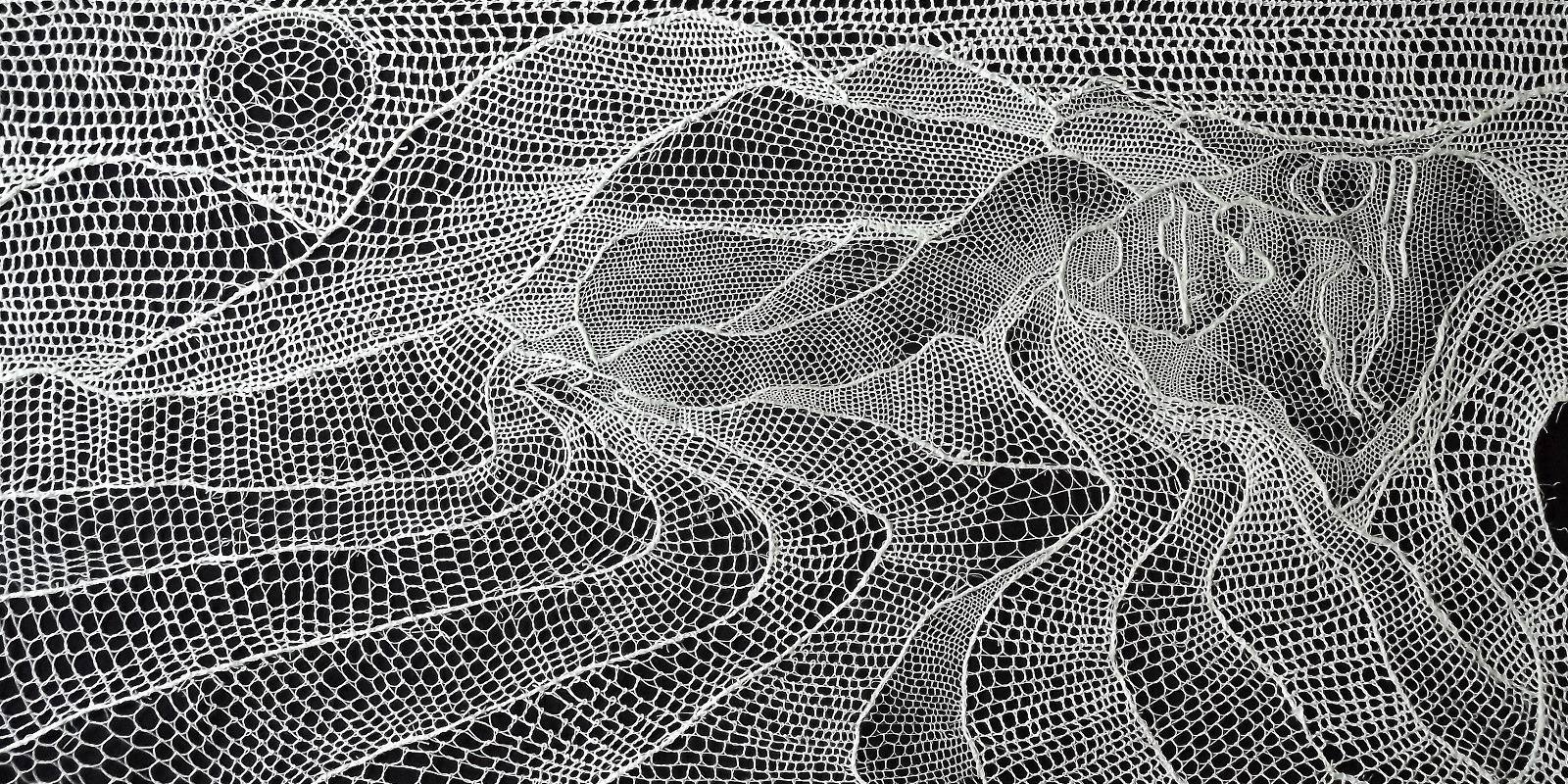
Bridget Steel-Jessop, Lady in the Landscape, 2019. 40cm x 80cm (16″ x 31″). Handmade needle lace (whipped, twisted, buttonhole stitch). Ecru crochet cotton, mounting board.
Inspirational mum
Bridget Steel-Jessop: My love of fabric and thread comes from childhood. I am seduced by the simplicity of a stitch and how it can evolve into powerful imagery. Every piece of art I create has a connection to the women who have stitched before me: spinners, weavers, dressmakers and menders. It’s innate in me to want to create; to want to stitch; to want to express.
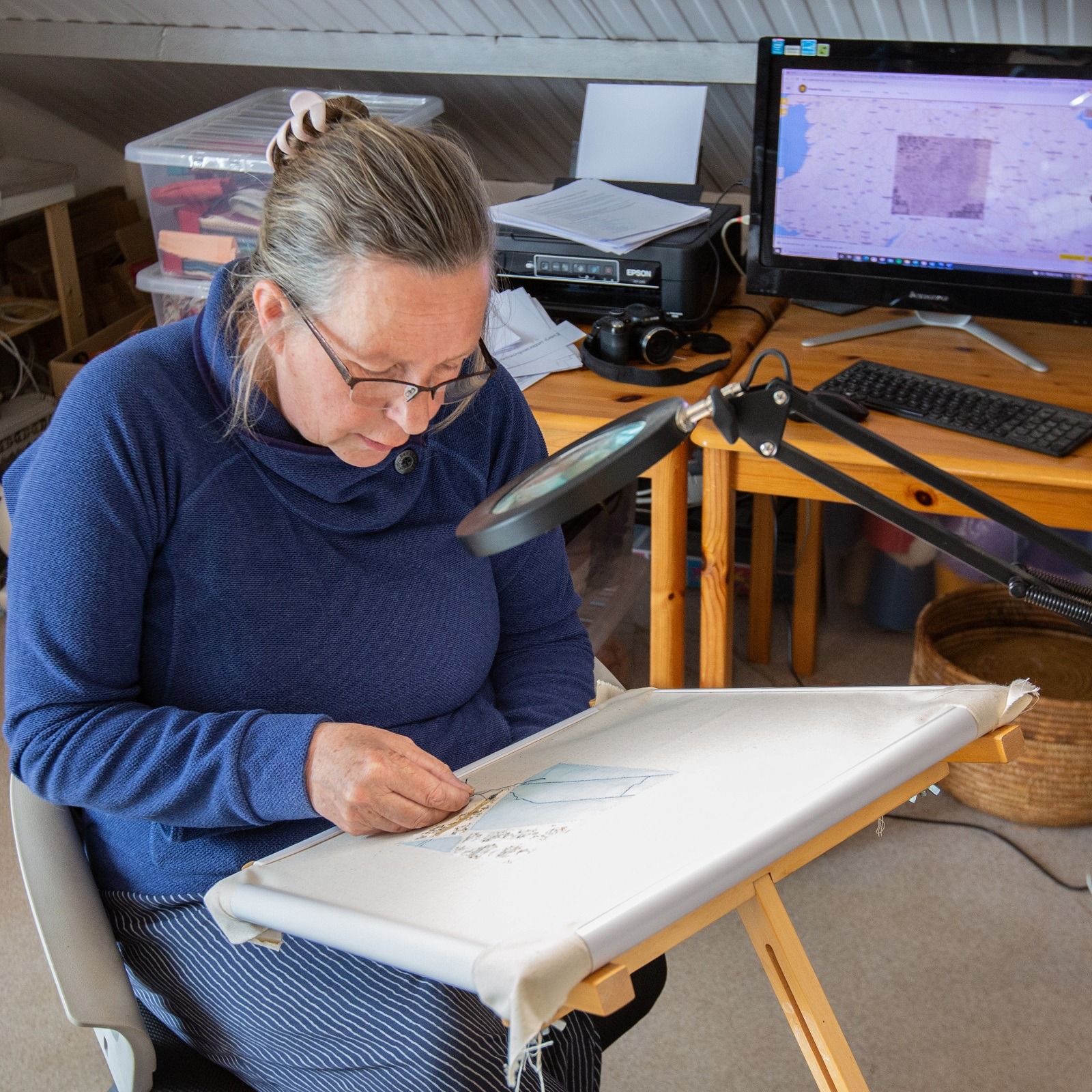
My mother used to dress Victorian dolls. Sacks of Victorian clothes were brought into our house – all with silks, lace, buttons and other such finery. My mother would launder them, unpick and then give them a new life.
Mum was a frustrated artist who had completed an art foundation year at Swansea but then never carried on for financial reasons. So I think she really wanted me to take it to a place that she hadn’t been able to, and that’s where her ‘fear of being ordinary’ originated.
She worked as a curator at Cecil Higgins Gallery in Bedford. I remember visiting with her but only really recall seeing Blake’s work and some shrunken heads.
Not having much money, I remember that mum (and dad’s) focus was very much on the functional, and in that respect her ambitions were constrained by practical imperatives and personal challenges. But through her art and writing she expressed her frustrations. I think it was mum who gave me permission to take my work seriously.
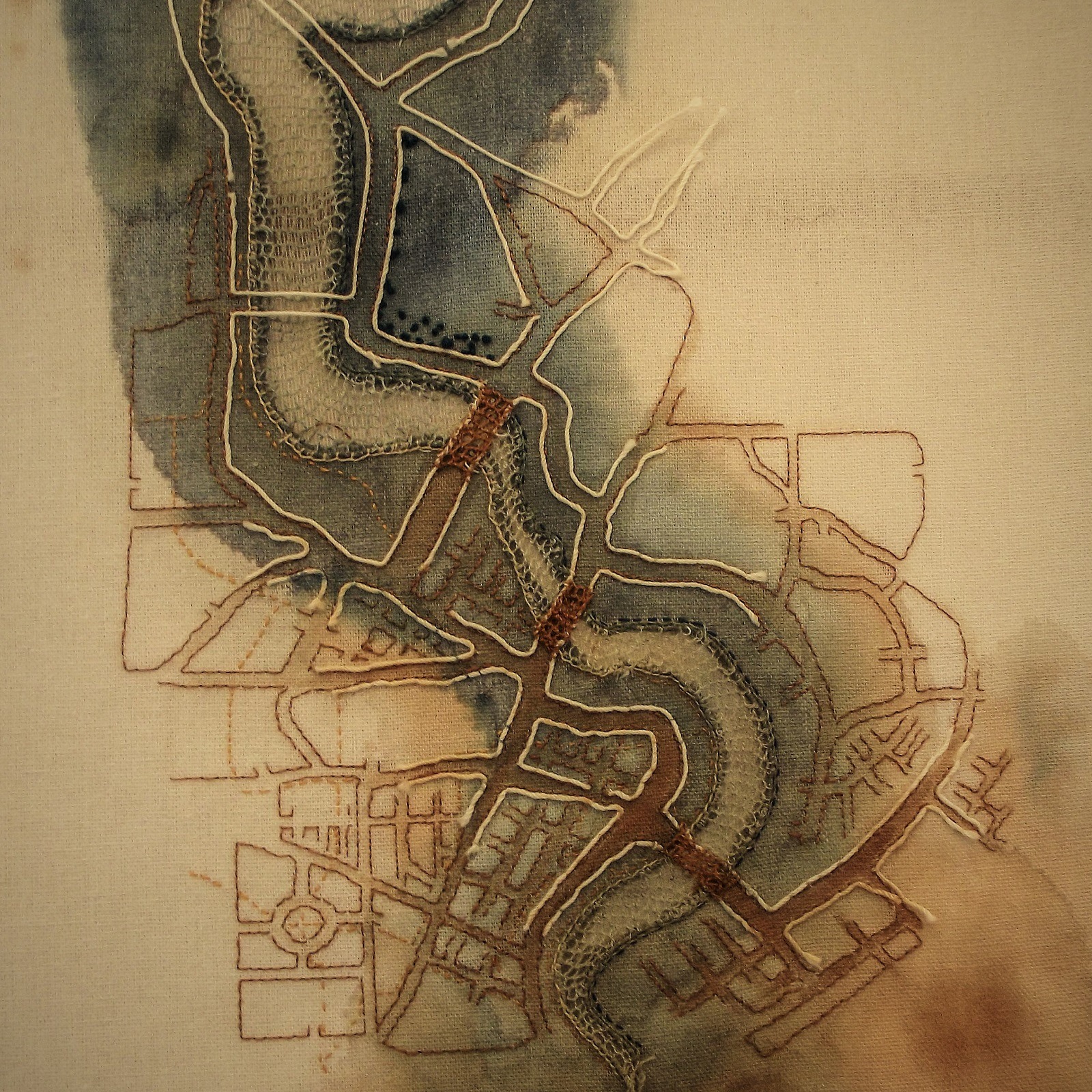
Art as sanctuary
In many ways, at school, I felt a failure and art became a sanctuary – the only place I wanted to go.
I remember art being one of the few lessons where I got approval from the teacher. Of course, the art we covered was very basic – mainly focused on drawing and painting – but through the school art trips it introduced me to the one thing I could succeed in.
From there I completed a two-year art foundation course covering ceramics, photography, printmaking, fine art, life drawing, textiles, 3D design and graphics. It was an incredible experience. For the first time I enjoyed – and saw the point in – learning.
Then I took a textile focused art degree at Wolverhampton. This course was industry-funded and, on reflection, I struggled with the technical components because, by this time, I was beginning to realise I wanted to be a hand-maker. The course included three placements, which typically were focused around the industrial processes of weaving and fabric production.
However, I was fortunate in securing a placement in the second year with a hand-weaver – and for the first-time work felt like playing. Despite some disillusionment around the industrialisation of decorative art, my final year was a good experience focused around medieval tapestry. I think, by this time, I had broken all the course rules and guidelines.
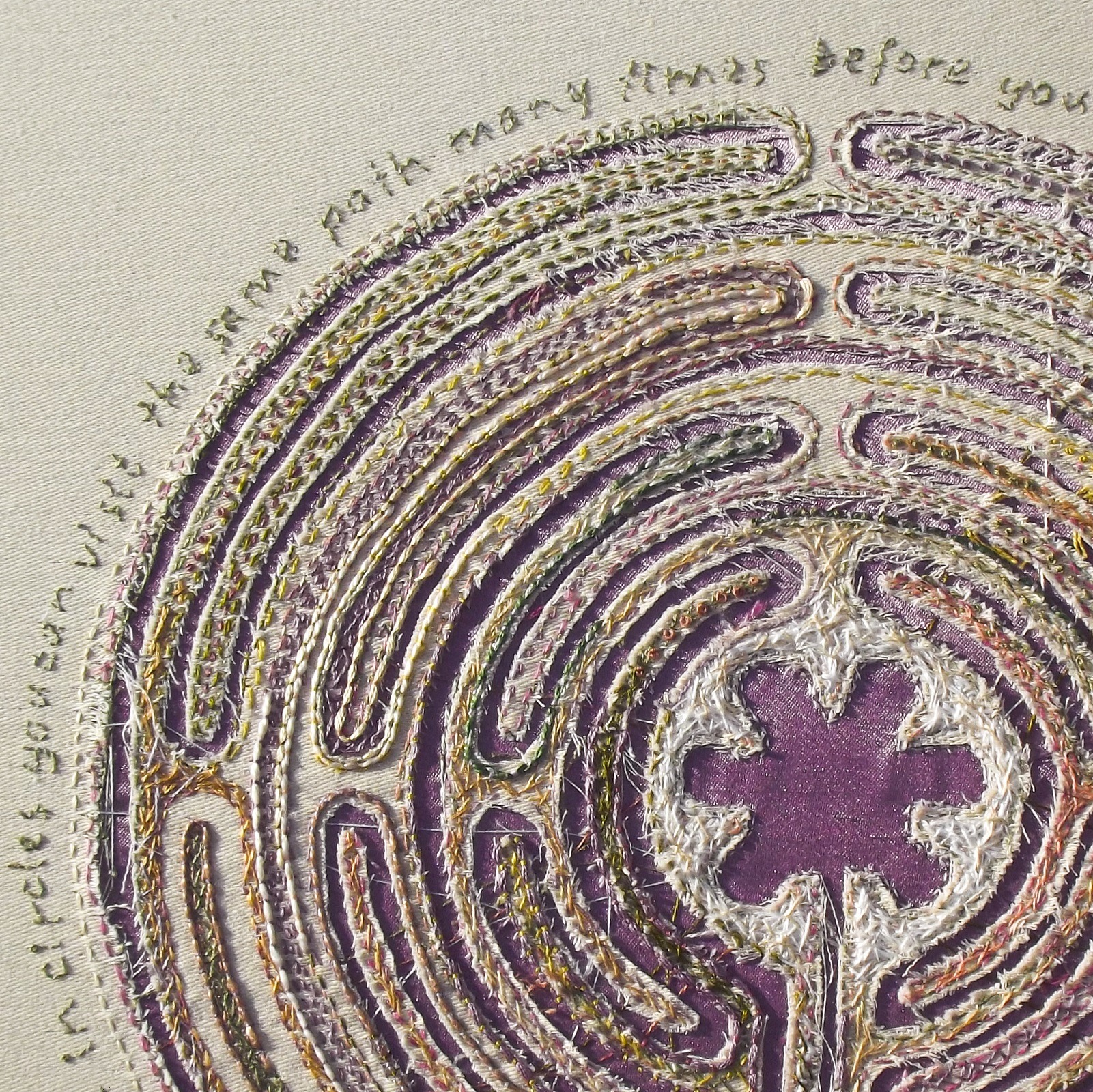
Creative expression
By the end of my degree I concluded I wanted to be a tapestry weaver, despite my final year business case proving beyond a doubt that this would not be a lucrative endeavour! With hindsight I should have never attempted to be a designer!
Upon leaving university the demand for medieval tapestry workers proved to be everything I had anticipated, so I ended up on a training scheme learning to be an upholsterer. This was like a 1990s’ version of the modern-day Repair Shop made so popular on TV. Old decrepit furniture would arrive, and my rather grumpy and unenthusiastic mentor would show me how to bring new life to these unloved items. I loved the fabric manipulation, glueing, stapling, the physical putting back together.
After the training scheme I then took a job at MacIntyre, a charity that aims to empower people with learning disabilities or autism. Teaching in the art studio provided me with an opportunity to give back to others, creating space for growth and learning. I learnt many new skills of empathy and tolerance.
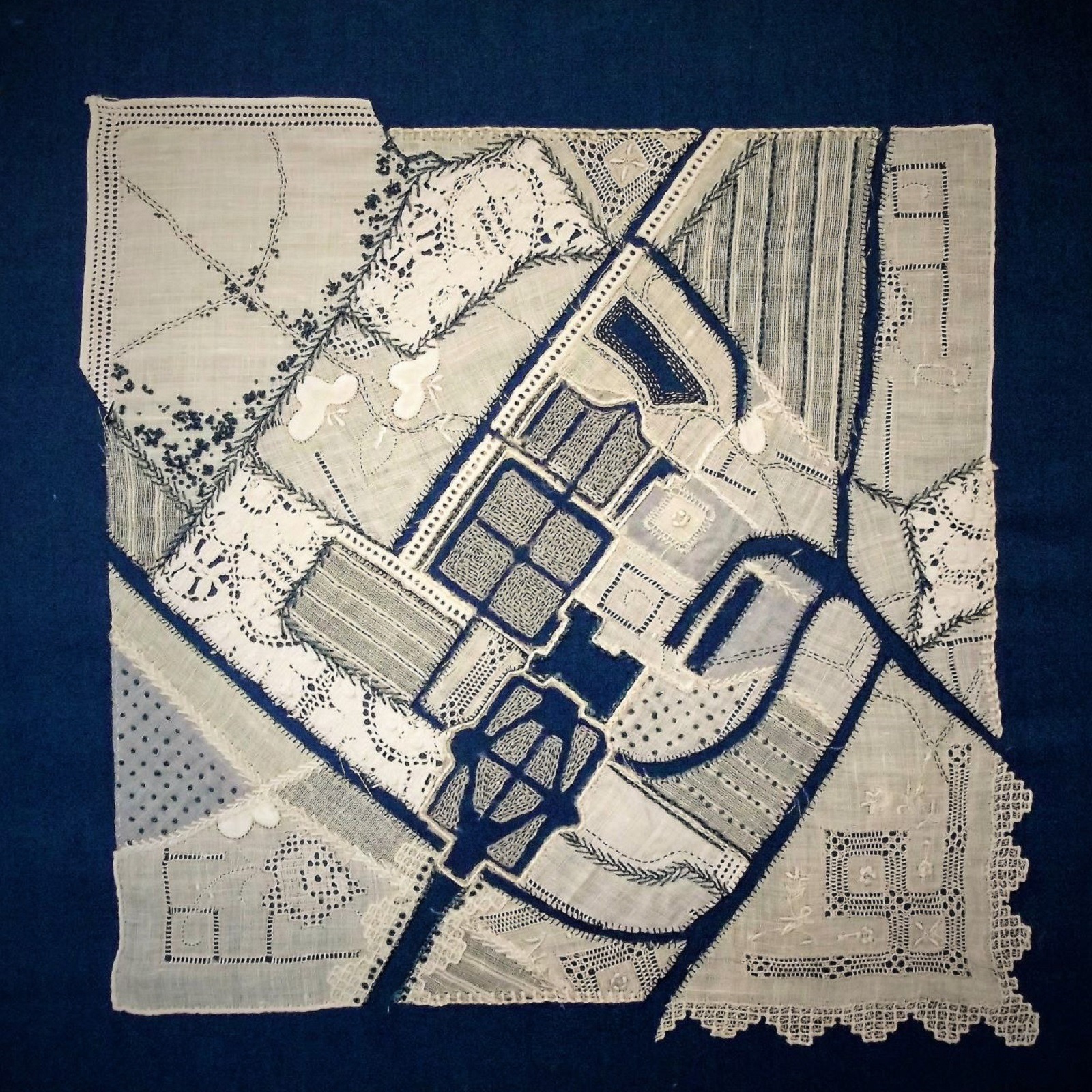
With my growing interest in using creative expression to communicate and heal, I retrained to become a counsellor.
On a personal level I have always found that externalising thoughts gives an opportunity to look again and maybe see things differently.
Storytelling through mark-making, when the words cannot be found, is a continued interest of mine.
Of course, there was also quite a long spell, when raising my son, during which I took jobs that just fitted the working-mother model. I was always able to steer these jobs towards an artistic outlet in one way or another, and there was always plenty of time to take my son to galleries.
Then about ten years ago I was fortunate to find myself in the enviable situation of not having to work in the traditional sense and my son was no longer solely dependent on me. This gave me the time and space to rediscover…
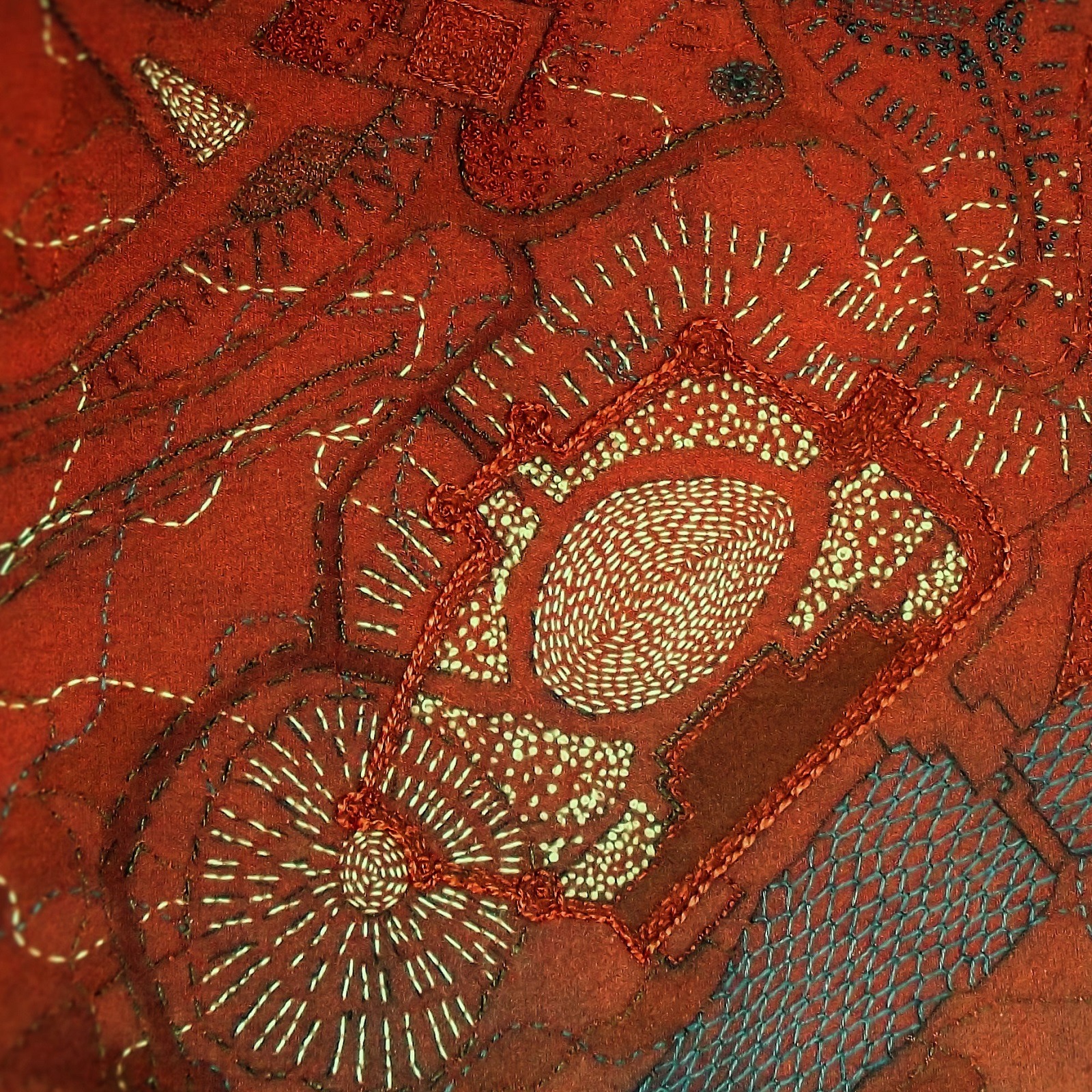
Mapping stories
I am untrained as far as embroidery goes, so I started out working from a stitch dictionary.
Over time I have perfected many of these stitches – but have found I rarely stray from running stitch and french knots. I have recently learnt how to make needle lace and am really enjoying pushing the limits of this technique; understanding how to create light and shade, how to mix different counts of thread. I still love learning.
When working on map-based commissions, I firstly start with a conversation to understand the story and my client’s expectations. We focus on why the area is so important and what the personal significance is.
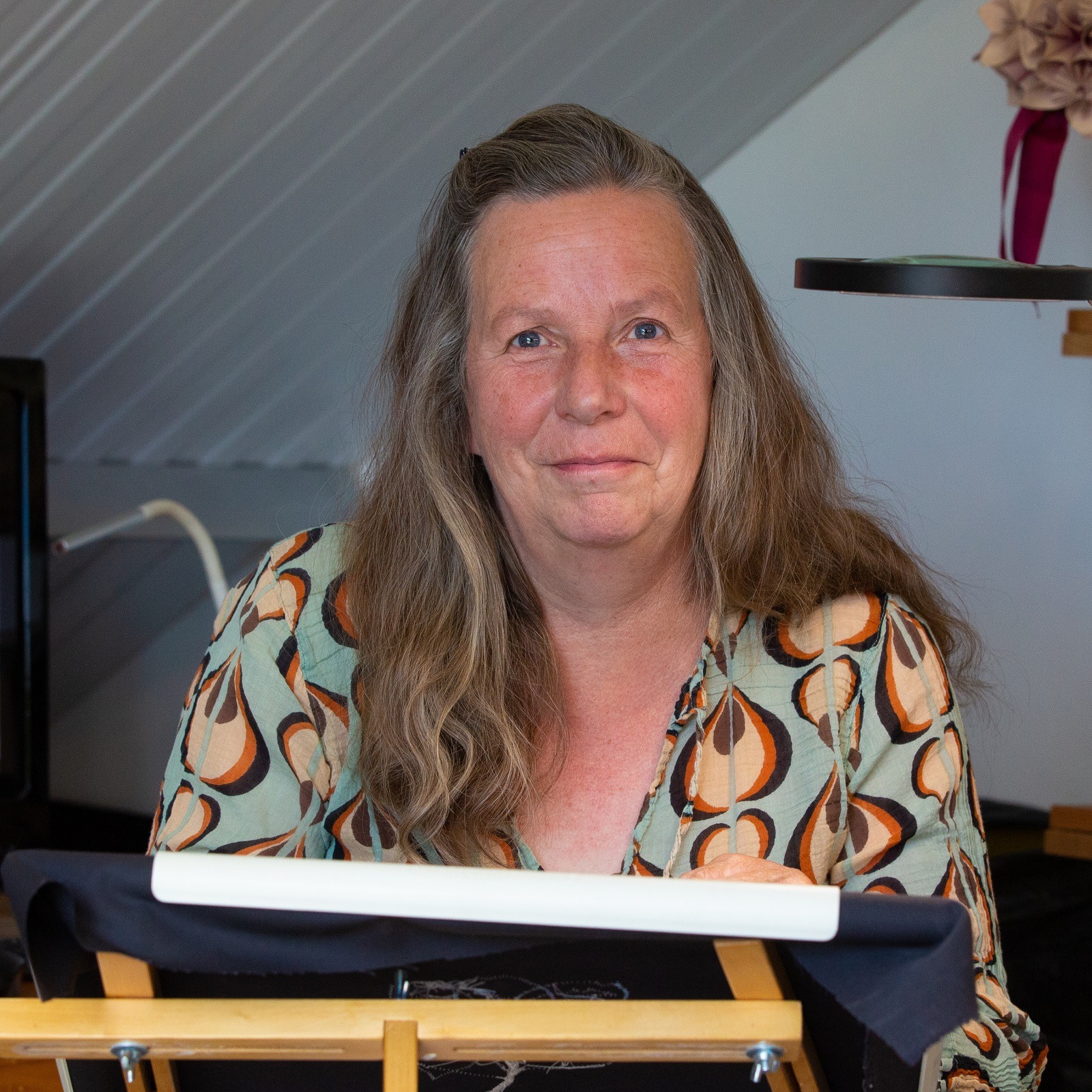
The first job is to get a paper pattern or photocopy of the map, which I then use to get the roads in accurately. I always ensure that the orientation of the map is correct (north aligned upwards), as this, along with the road pattern, is what underpins the viewer’s recognition. Then I usually refer to Google Earth or other historic maps to fill in the detail of rivers, buildings and planting. The maps are often a combination of appliqué and stitch.
Sometimes the client will provide specific fabric to be included – usually where it commemorates a wedding or some other special occasion when the colour palette is of great significance. In this case I use applique to work in the client’s fabric.
Like many artists, I guess, I can usually see what I want to make in my mind, but the struggle is getting it into my hands – working with maps makes this a little easier to achieve. It sounds clichéd but I’m trying to take an idea from a thought to a visualisation then to a textile. The initial thought is nearly always sparked by what I see or feel in the real world.
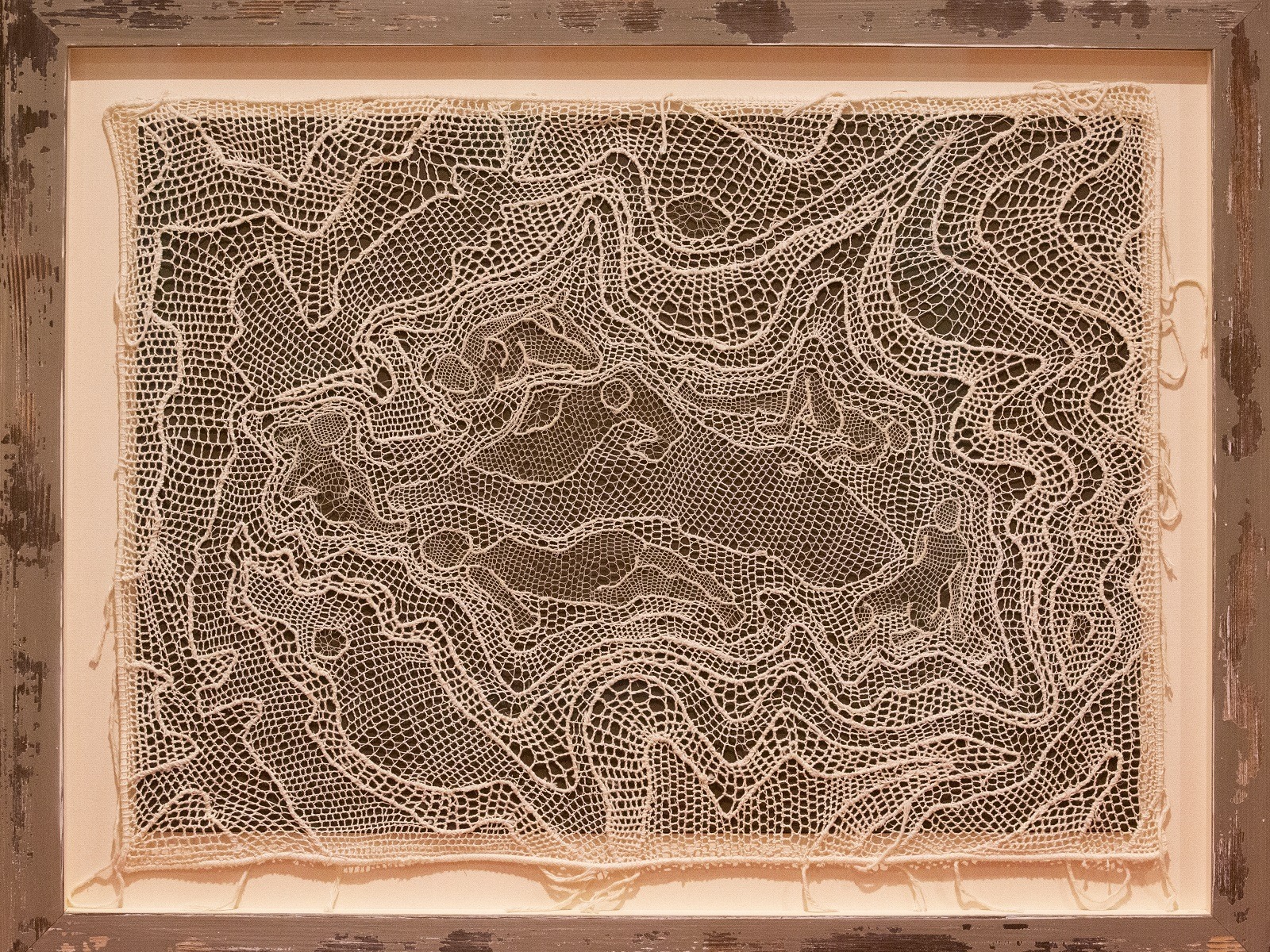
Ideas taking form
My personal work, which often still has a map theme, uses very different techniques. The start point still relies on getting my ideas down on a paper pattern, but this usually comes from my life or landscape drawing. Usually I am trying to figure out how I fit into the world or what I think about the world.
My recent work Sisters, which is largely completed using needle-lace, used this paper pattern technique. The paper provides support for the lace outline throughout the entire production process and is only removed at the very end.
The idea for any personal work is in my mind long before I start work. Often it will have been sparked during long, repetitive stitching on another piece. I don’t make notes but just hold the idea in my mind until it has taken on more form – then I will draw, stitch and experiment with the idea. Often, like a happy accident, something will happen in a piece and I know that I can use it later.
Sometimes I just spontaneously stitch with blank fabric and the ideas flow out, sometimes the ideas swim in my mind evolving very slowly.

When stitching there is always a point, usually mid-way through, where it ‘all goes wrong’. I lose heart and cannot picture what is next.
I’m beset with frustrations and doubt but, like a long-distance runner ‘hitting the wall’, I just keep working, even if it means a lot of unpicking later.
I have great difficulty in knowing when to stop. I develop a strong attachment to my work, and it can be hard to stop as this means letting go. I also find it very exposing as my work is then either shared with a client or put in the public arena.
I used to belong to a local stitching group where we would set each other challenges and I often found myself working way out of my comfort zone. This was brilliant for sparking ideas in a safe, but also critical, space. I miss this and am looking to find another group.
I attend a weekly life drawing session to continually improve my art. My work is large scale, messy and very fluid. I am working on getting some of that freedom of expression into my fabric work.
Inspired by great artists
When I was younger I went to Giverny to visit Monet’s studio and garden. I remember entering a room with four of Monet’s water lily works, I was in awe of what he had achieved. It will forever stick in my memory as I was able to put my feet in Monet’s lily pond. I instantly loved the Impressionists – the way they explored and expressed emotion. And I understood why Monet painted this 250 times.
On another trip I visited Paris and remember seeing other inspiring work like Marcel Duchamp’s avant-garde urinal, forcing me to really question what I thought art was, and Edgar Degas’ clay, wax and silk sculpture – the Little Dancer of Fourteen Years. It was the juxtaposition of the hard sculpture and that delicate silk that so enthralled me.
I also remember seeing Picasso’s work, mostly in books – particularly his series of bulls, where the image is slowly reduced to a line drawing. That completely changed my perspective. How did he get the essence of a bull in such a few, simple strokes? To this day my favourite work remains Picasso’s Geurnica: raw emotion. It is still my ambition to see this in the flesh.
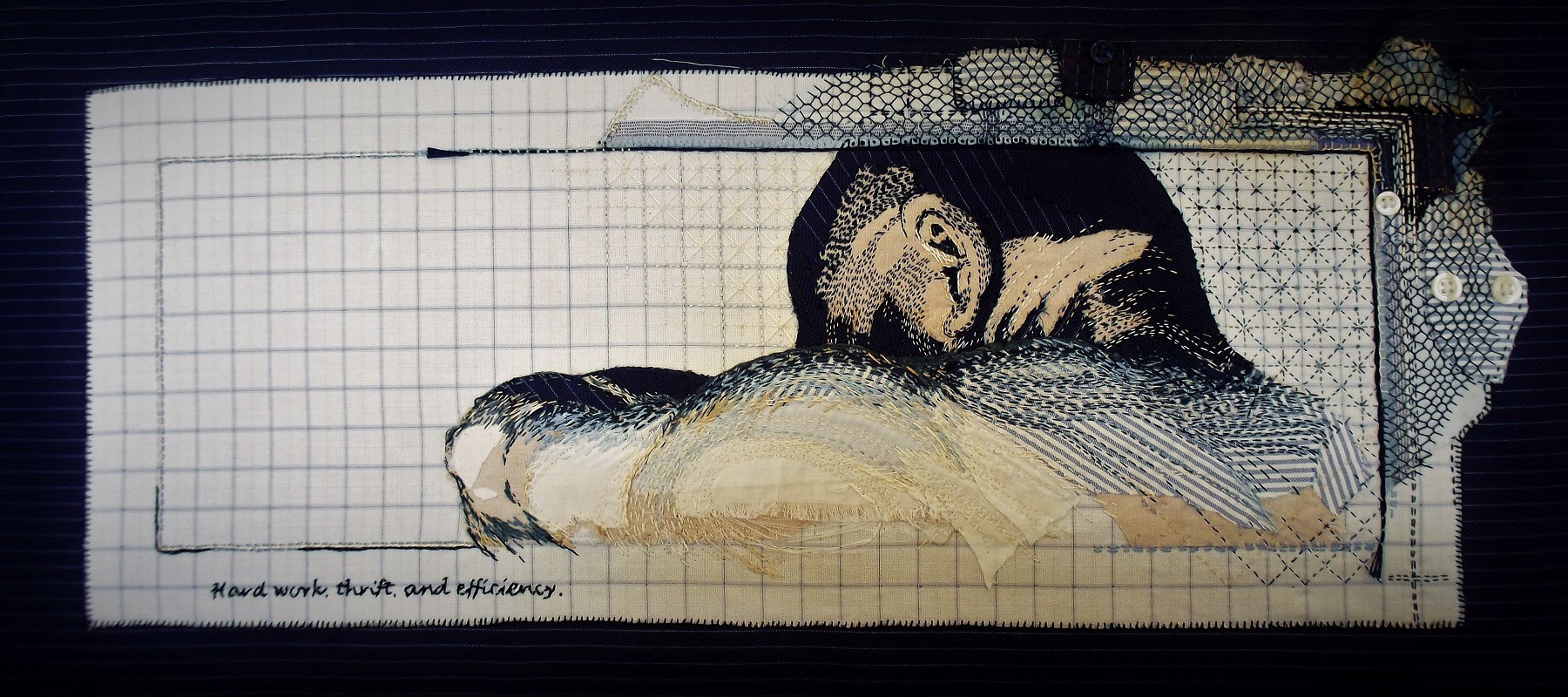
Symbolic artworks
The piece I did when my husband retired was inspired by my loathing of his non-iron corporate business shirts, which symbolised both his positive committed work ethic and the negative way in which clothing is now engineered to serve such commercially questionable purposes. Working from a life drawing I used fragments of his shirts to create the piece Hard Work, Thrift and Efficiency.
My piece Sisters was inspired by how women fit into the world. The women that I stitched were naked and vulnerable but held by the landscape that surrounded them. At the time I was involved in a collective art project based on Penda, the last King of Mercia.
The first map that I created holds very fond memories. This was memorial art and commemorates my youngest sister’s loss of her son, Sam. It was such an honour that she allowed me to make it – an honour that I still feel with every single commissioned map I create.
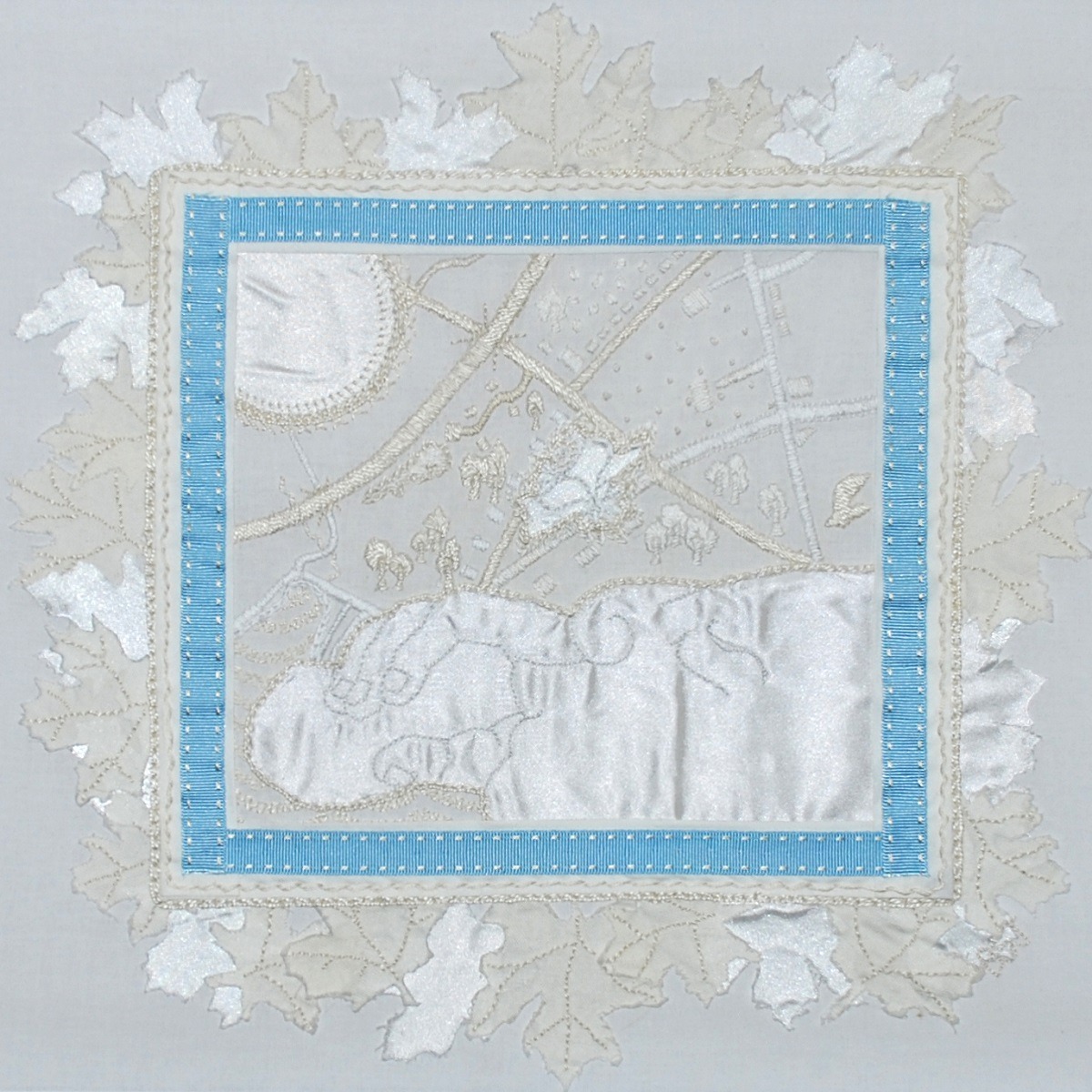
Bridget Steel-Jessop, Baby Sam, 2015. 30cm x 30cm (12″ x 12″). Raw edge applique with hand embroidery, running stitch, backstitch, french knots, blanket stitch. Linen backing fabric with satin and organza appliqué, embroidery threads, baby blue ribbon.
Becoming a textile artist
From that start point of a stitch dictionary, my work has improved immeasurably. Five years of hard stitching moved me from gift making to the serious business of commissions. The subjects that I’m now prepared to take on are considerably more challenging.
When you start out, you have to take risks – you mustn’t worry about what people think. No end of people on my journey told me I should be using my work to make cushions! Take it seriously and play loads – if that is not a contradiction.
It has taken me a long time to see myself as an artist. By investing time to take it seriously it has changed from being just an ‘add on’ to ‘what I do’ – and I can finally say ‘I am a textile artist’.
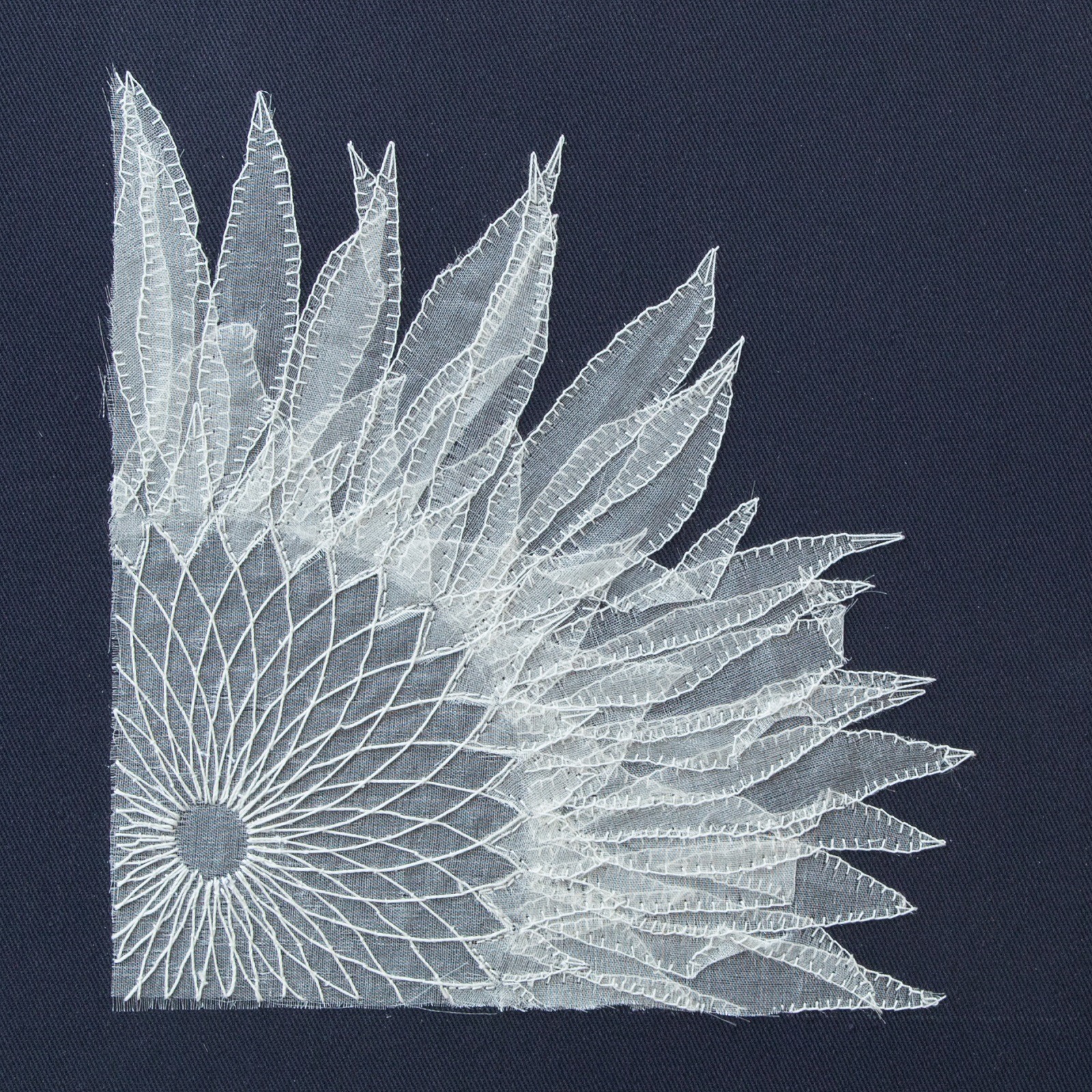
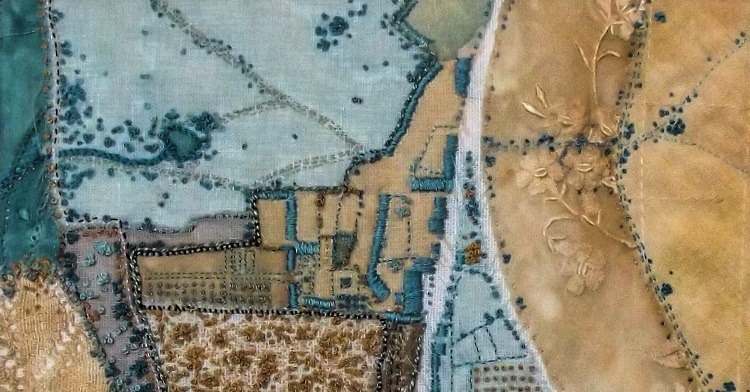

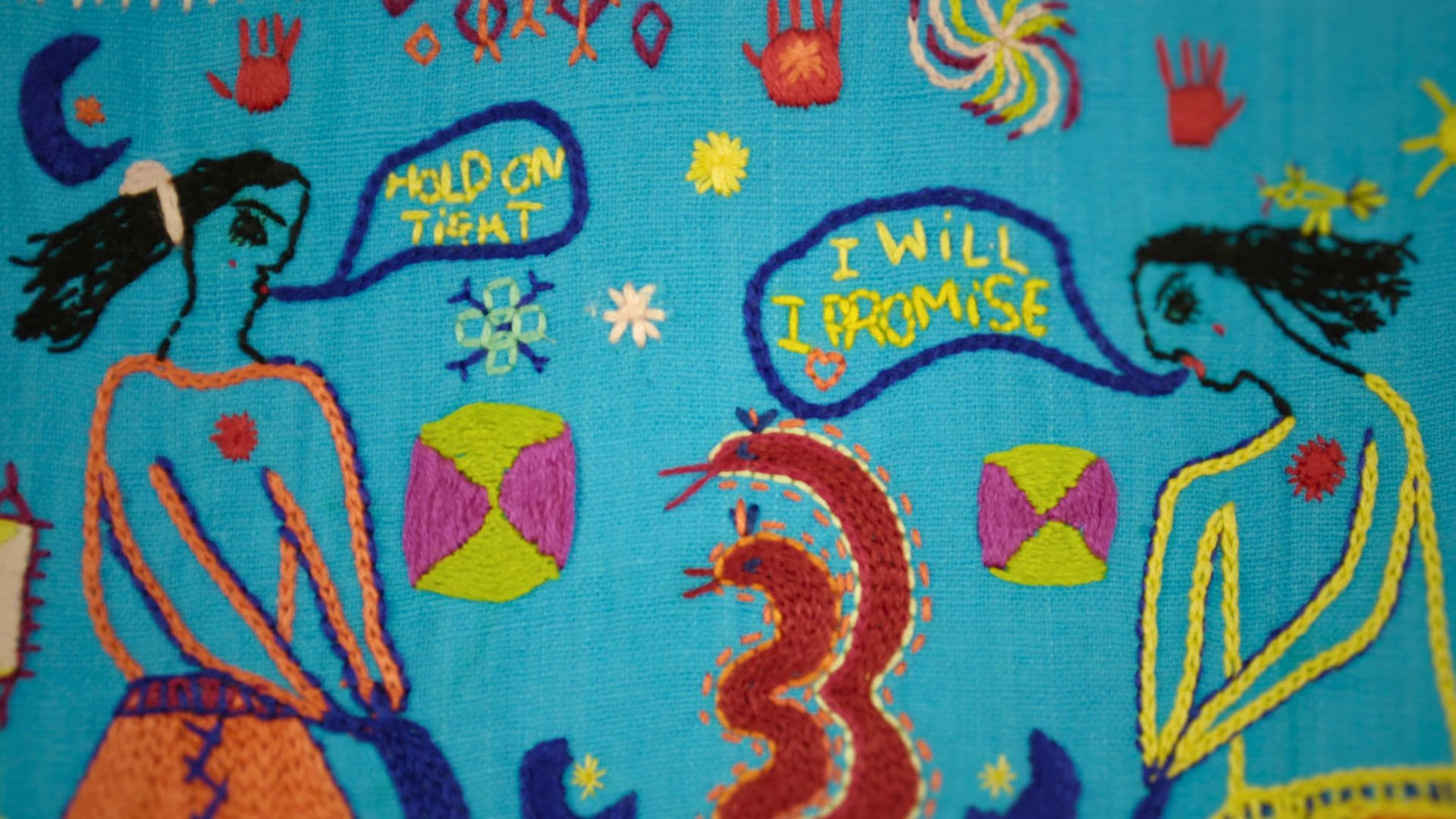
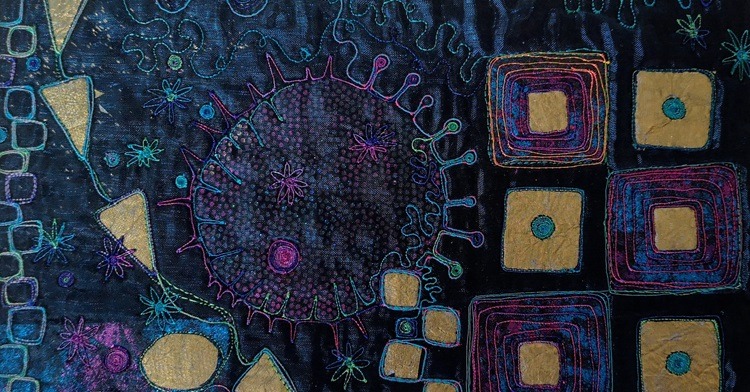
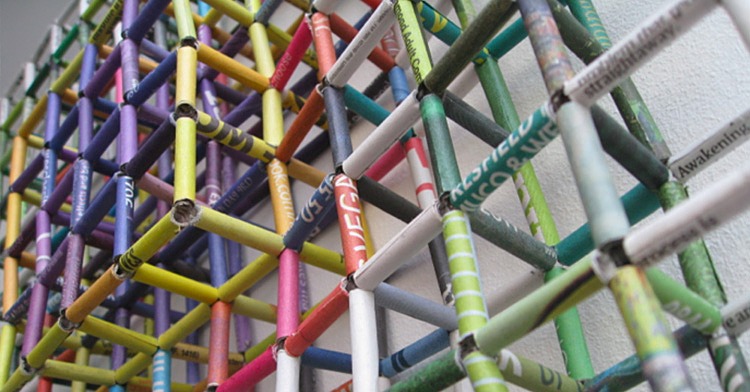
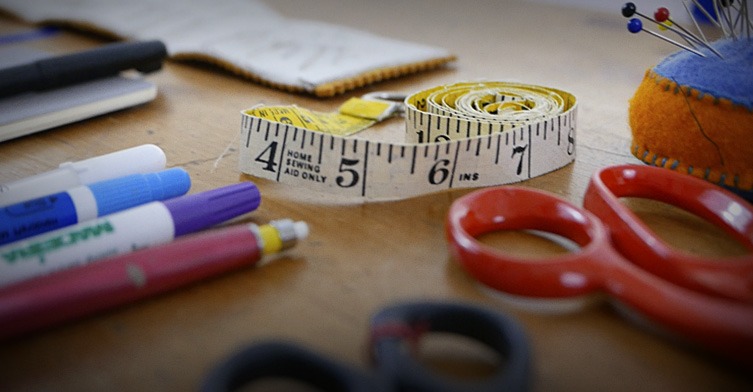
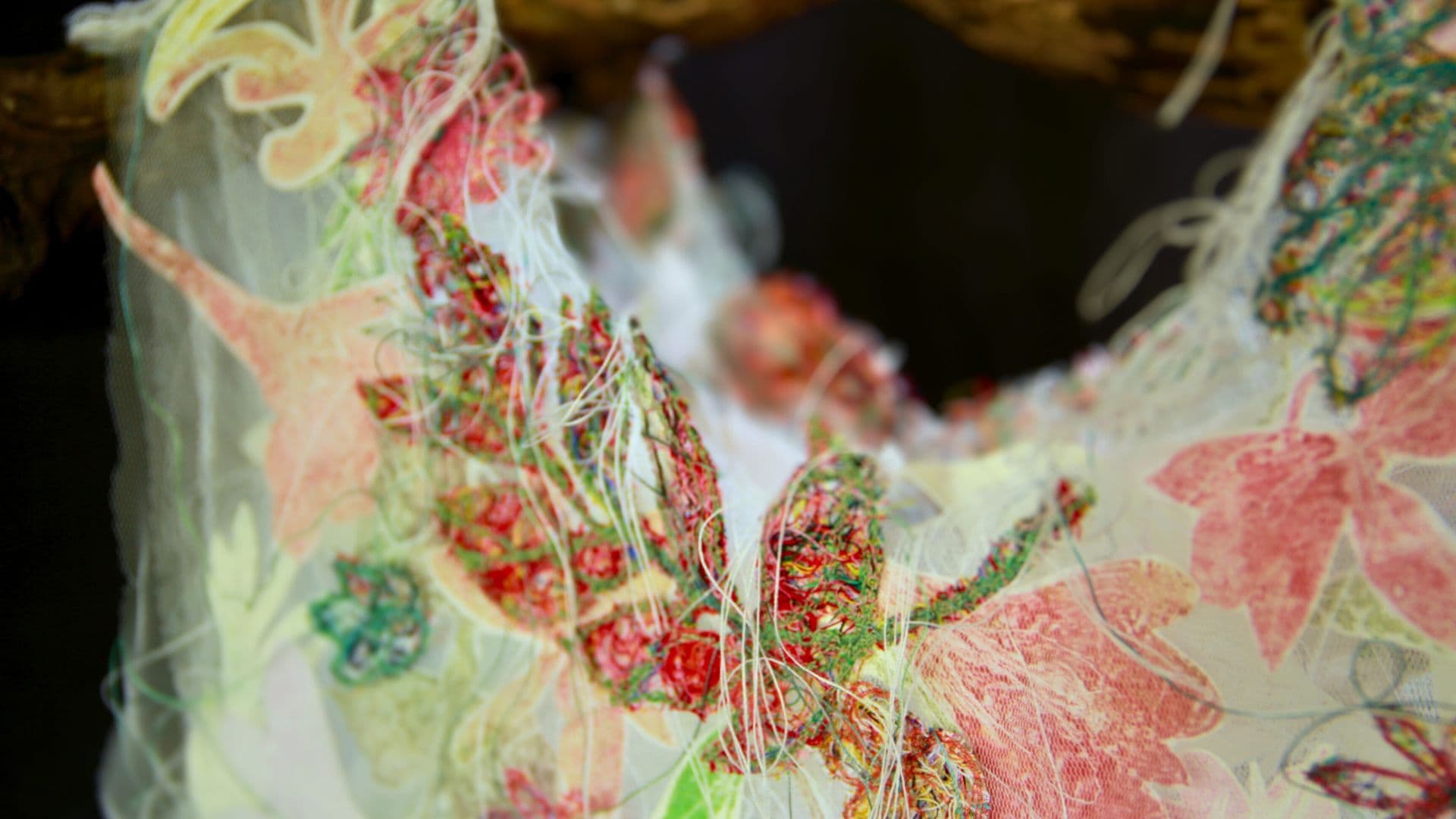
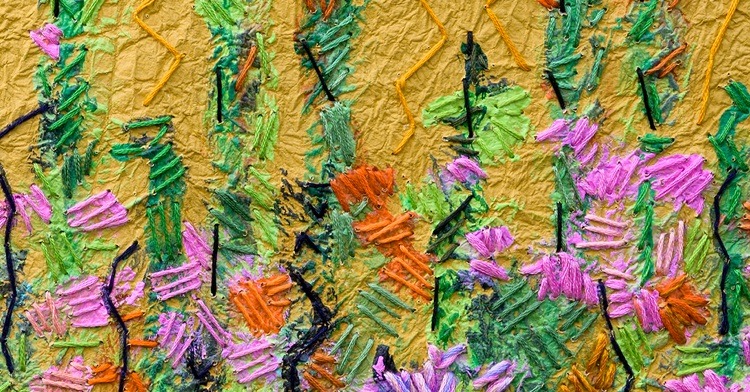
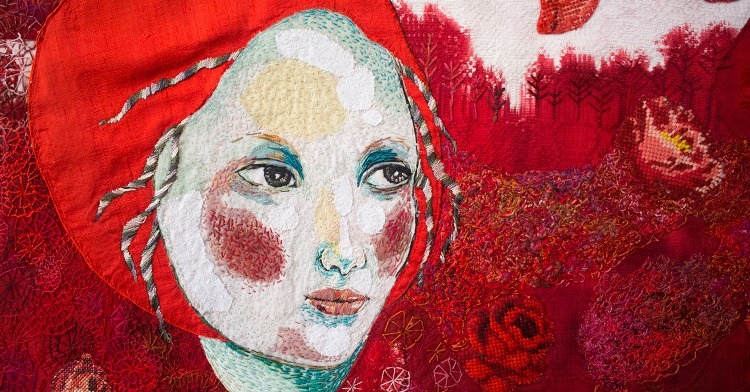
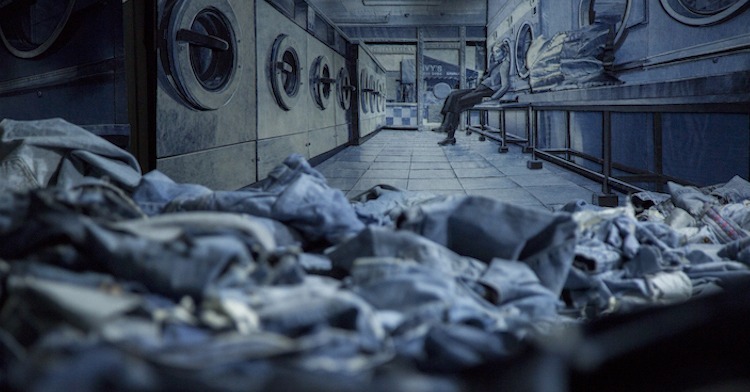
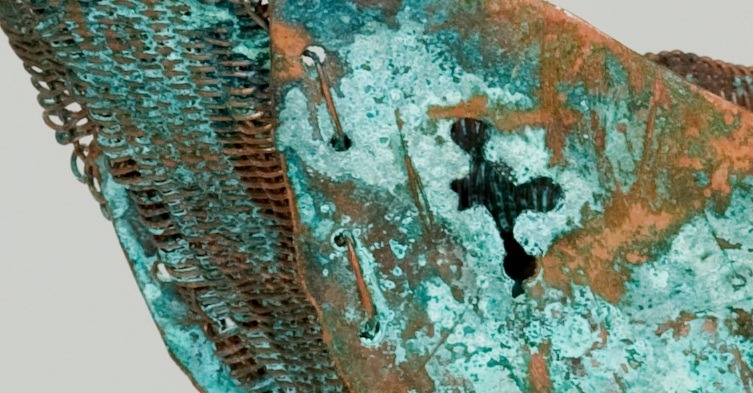
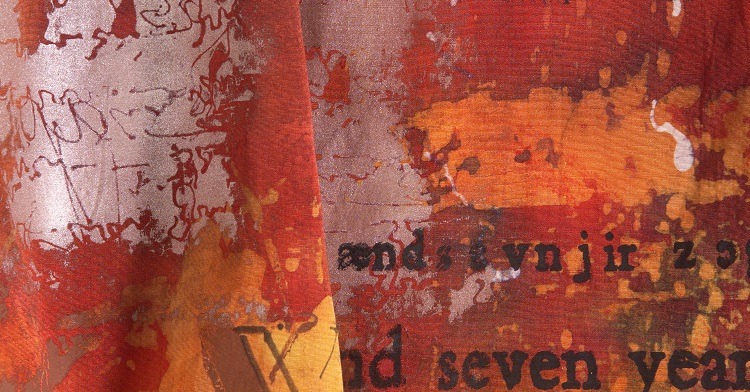
1 comment
Catriona Murfitt
I really admire your work Bridget, and enjoyed reading your biography: It has inspired me to stitch an old 1903 OS map of my village…